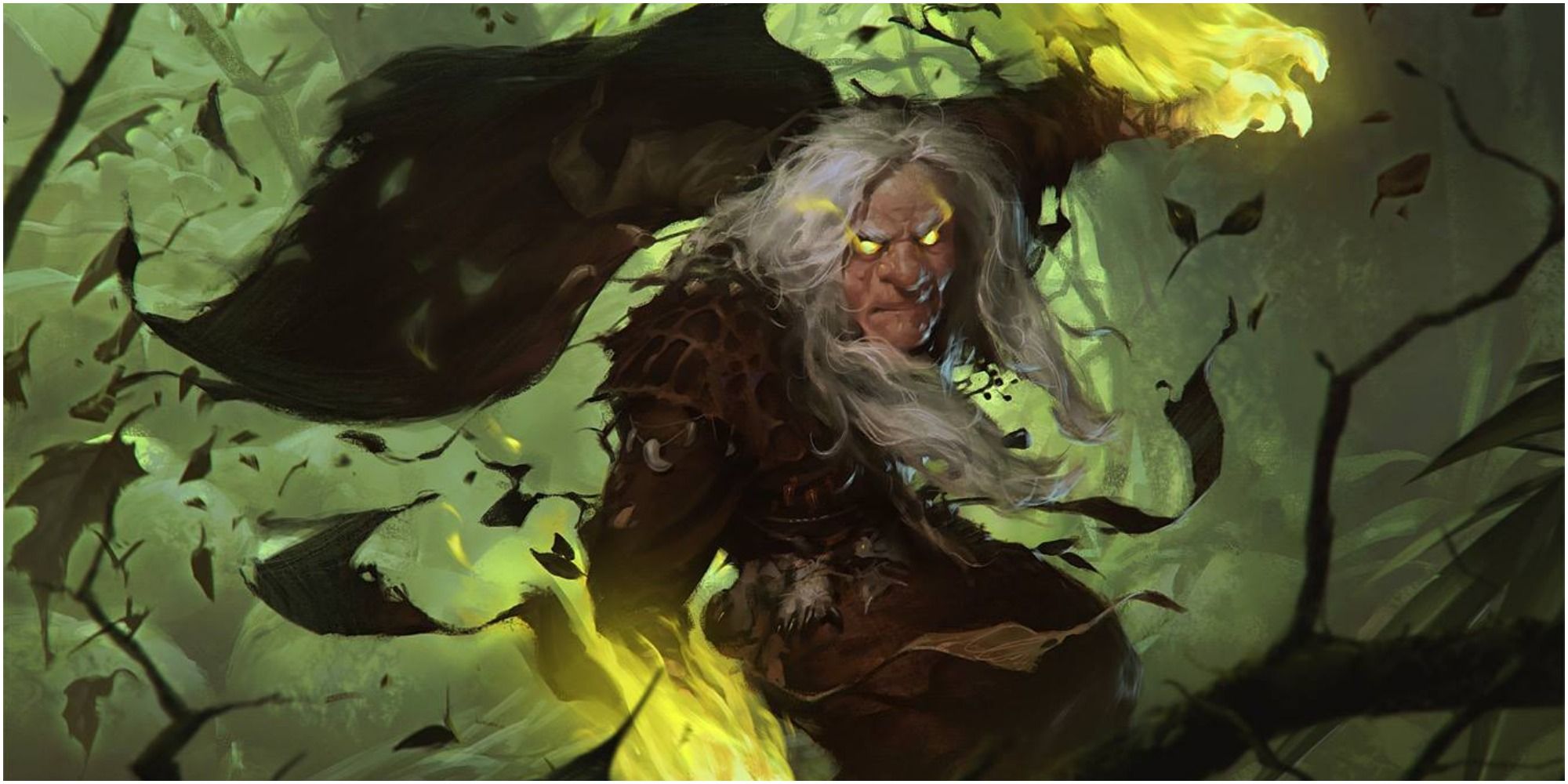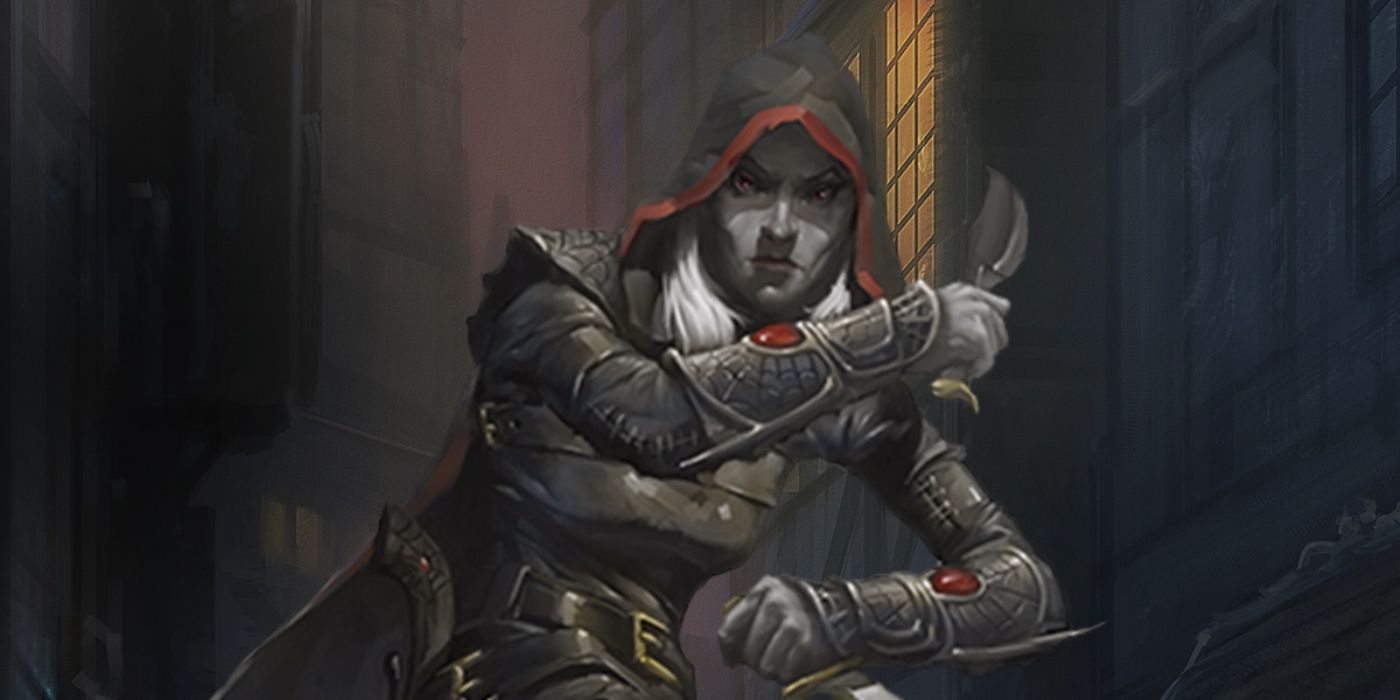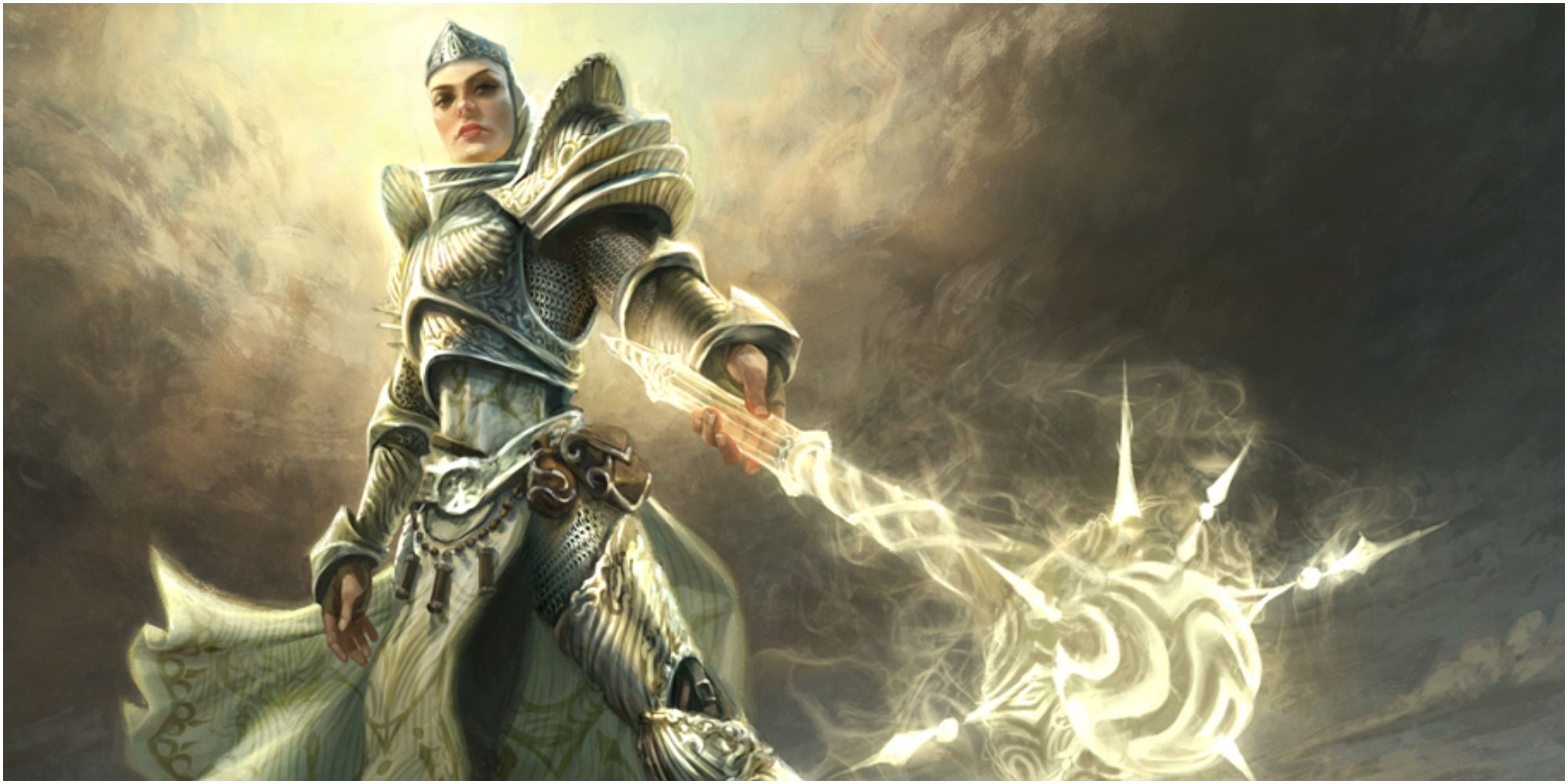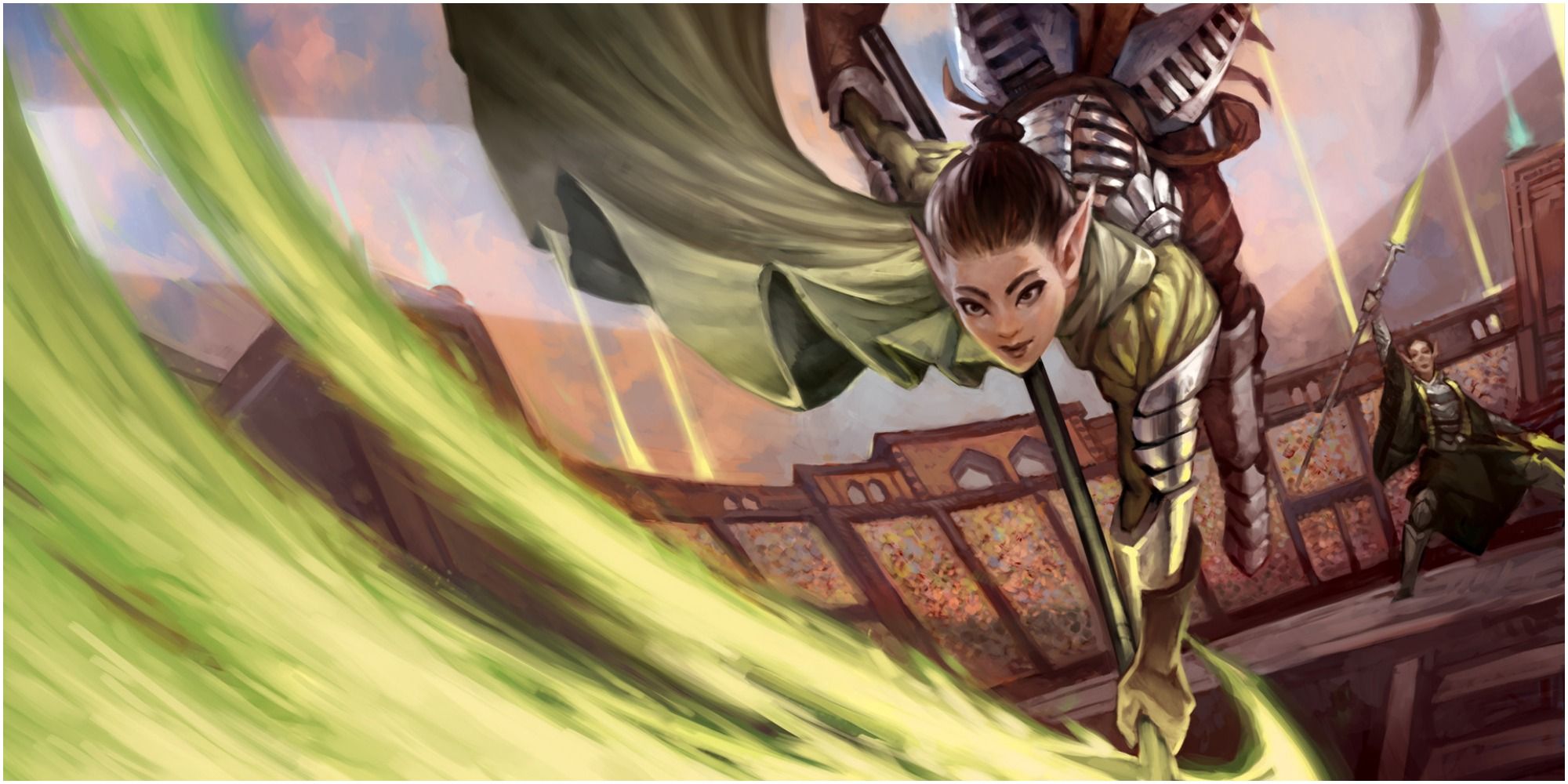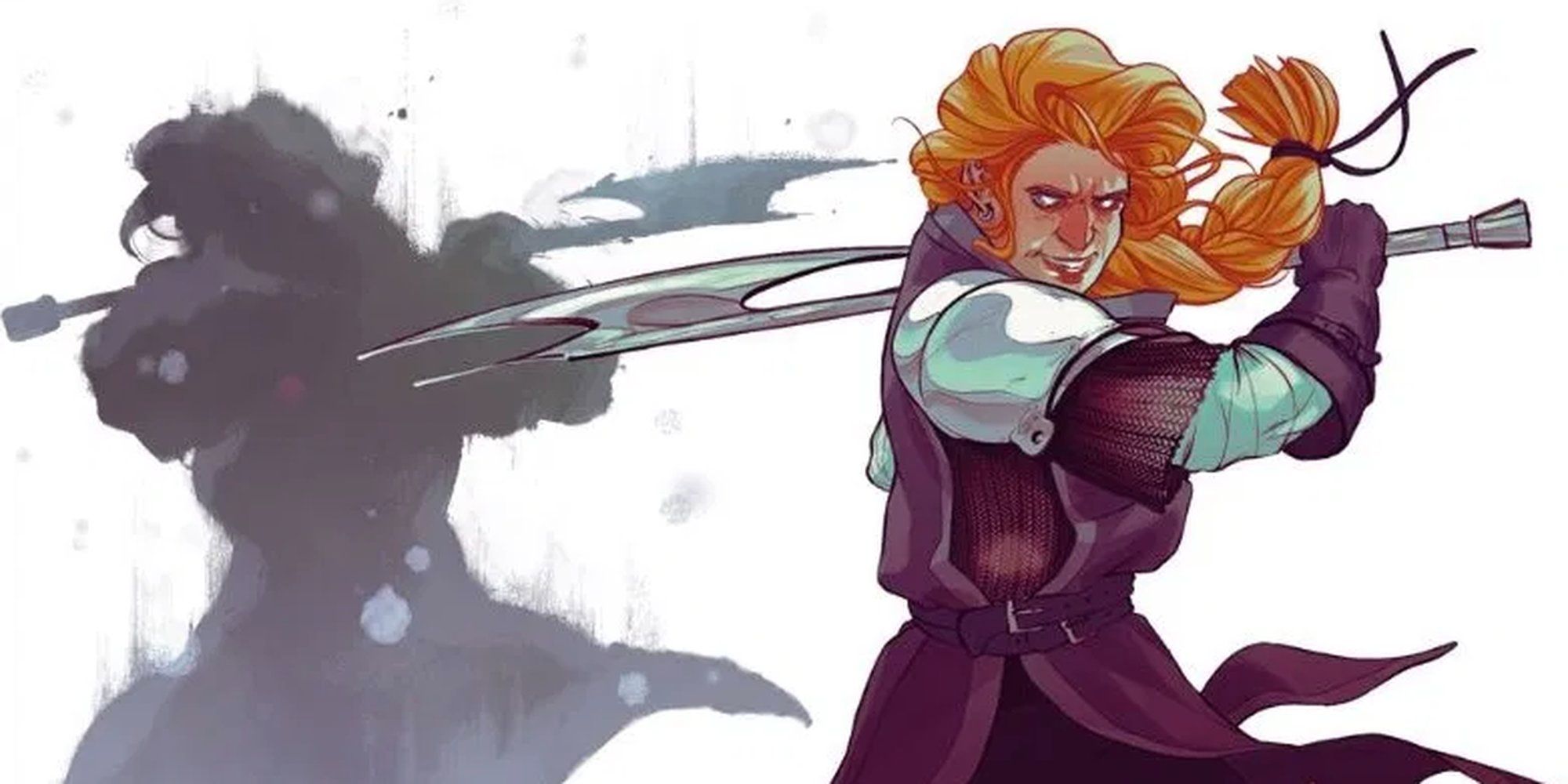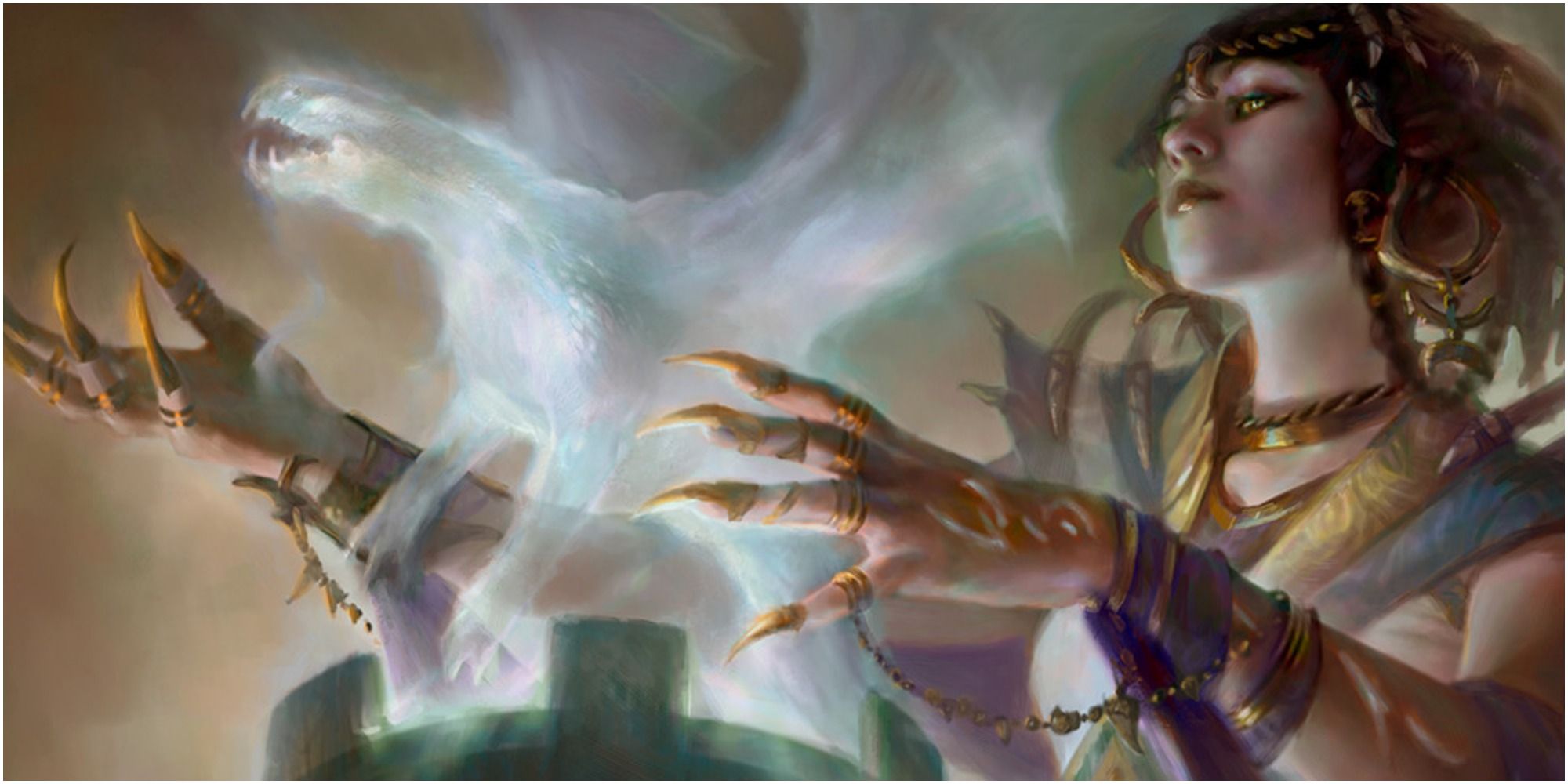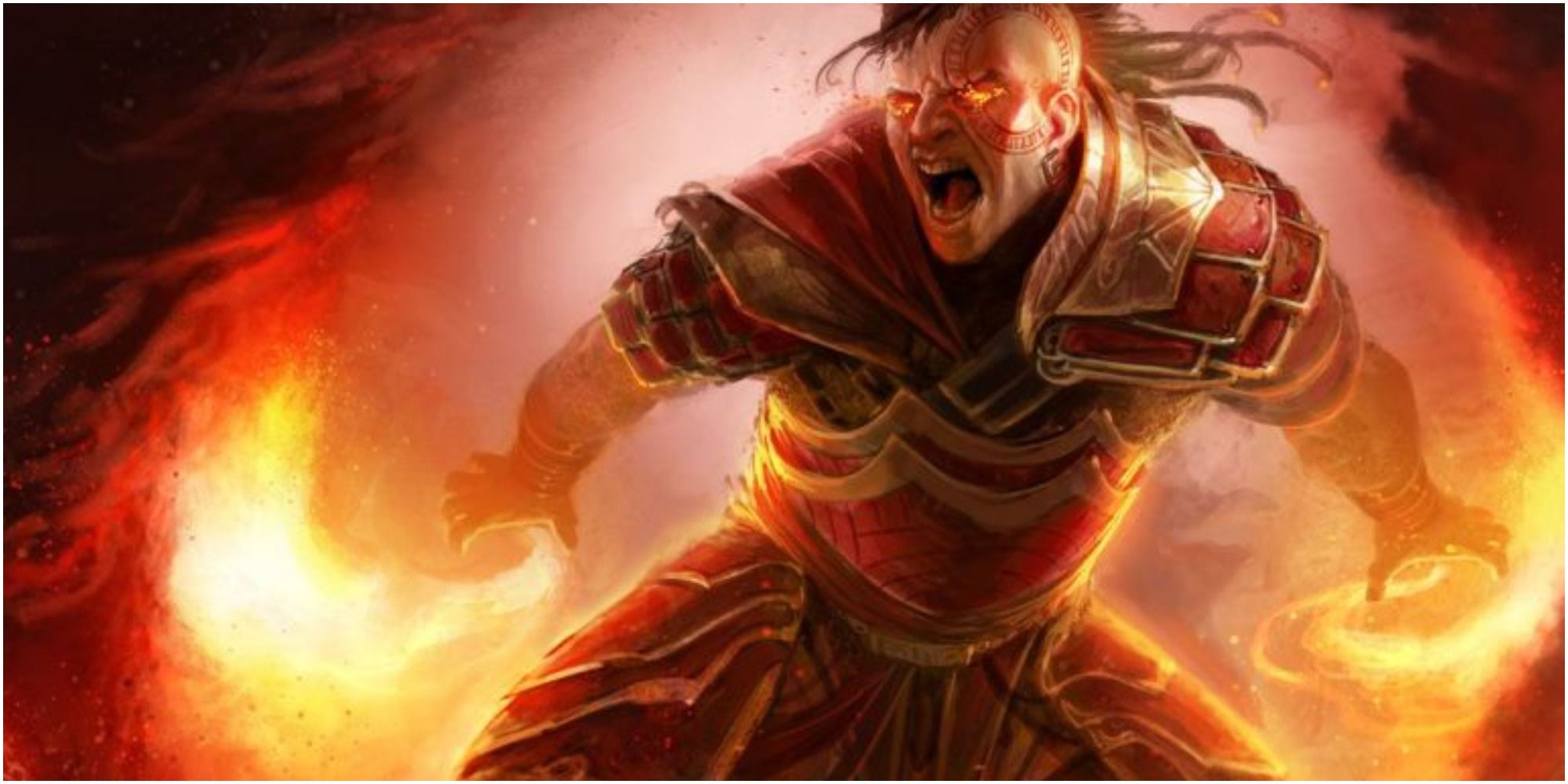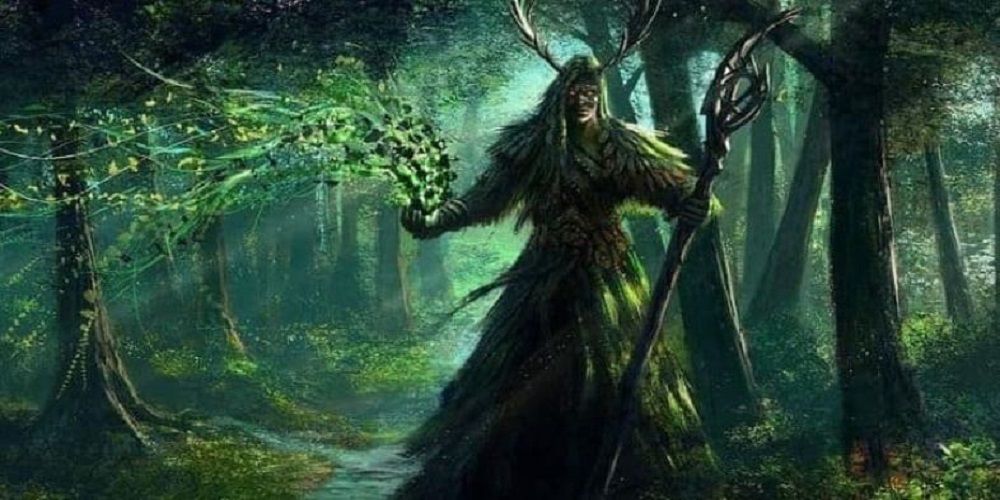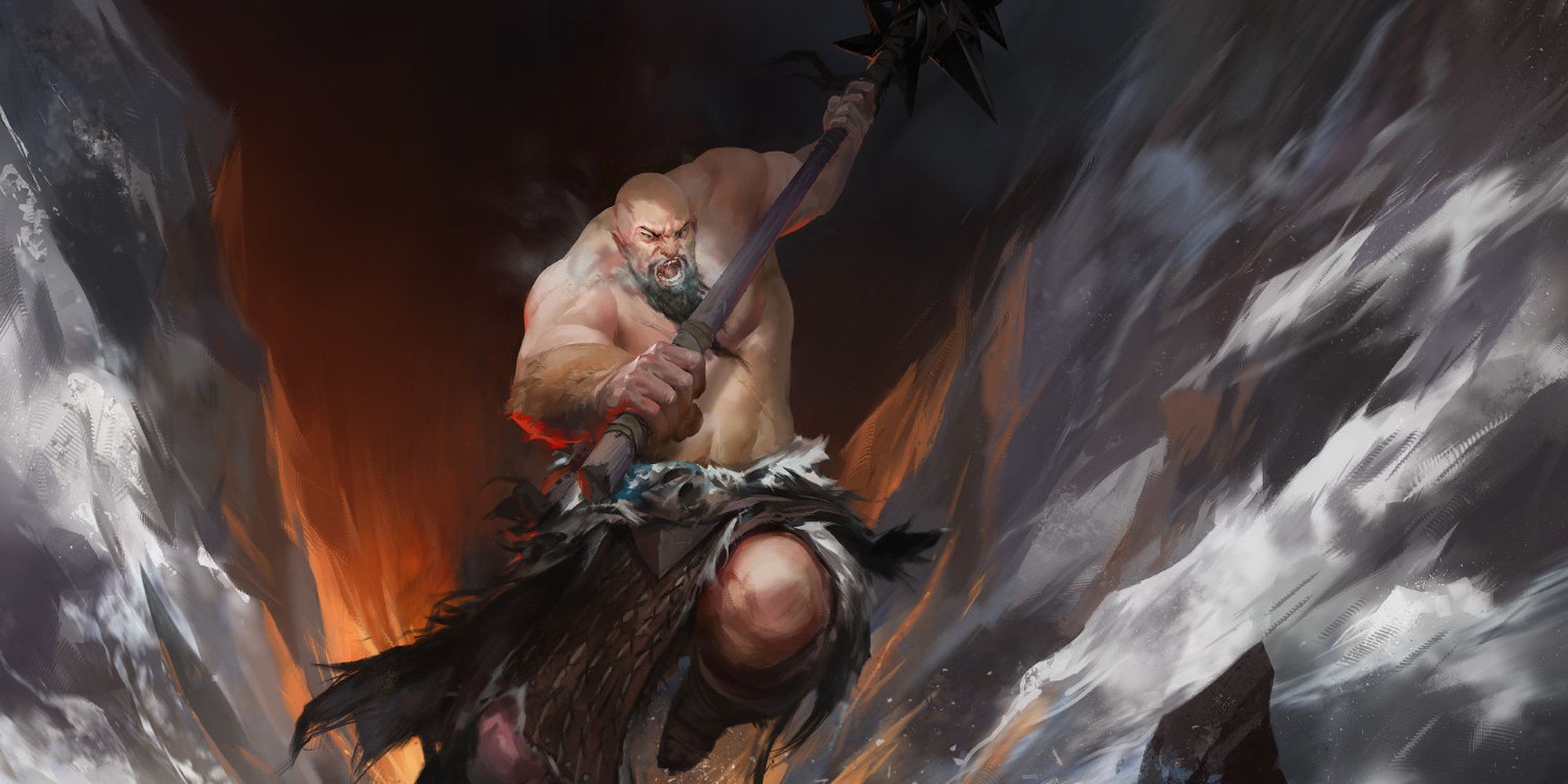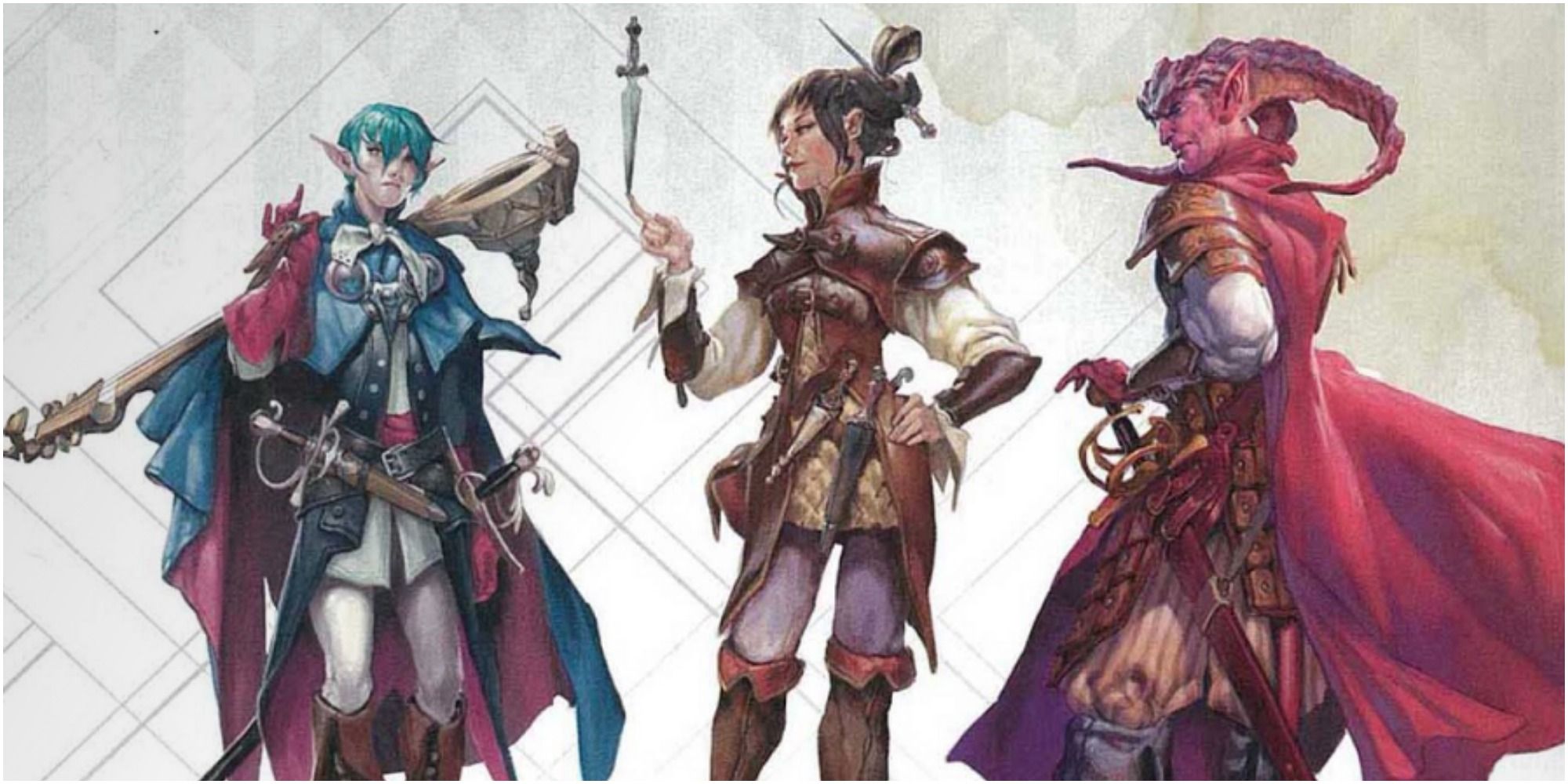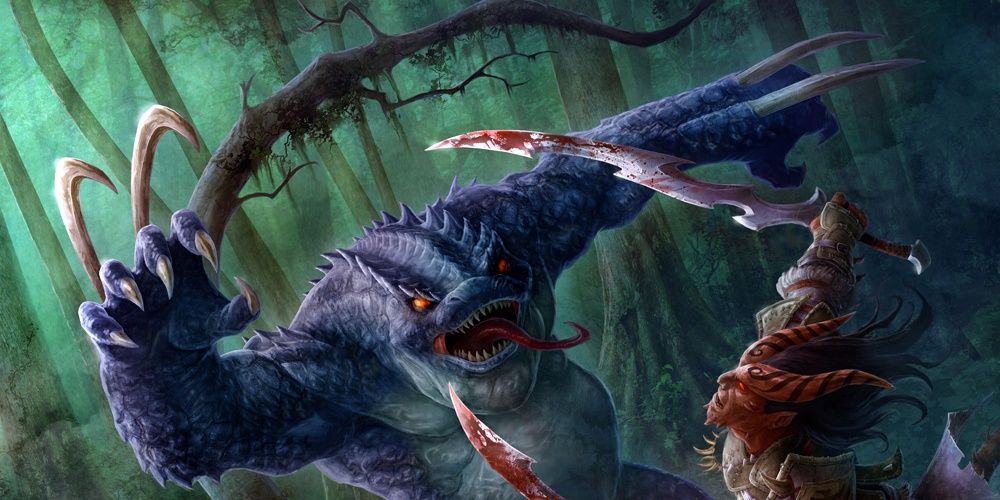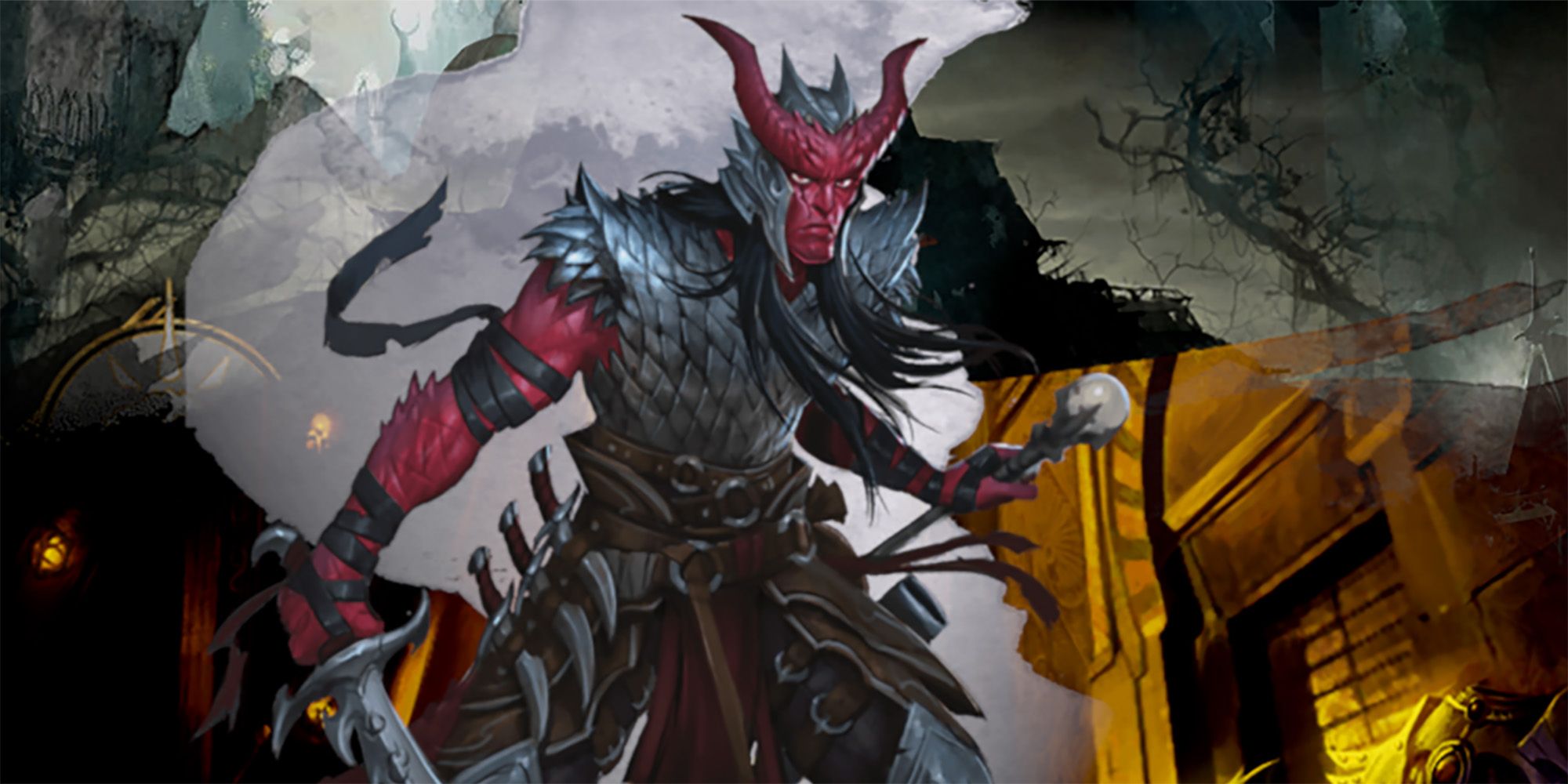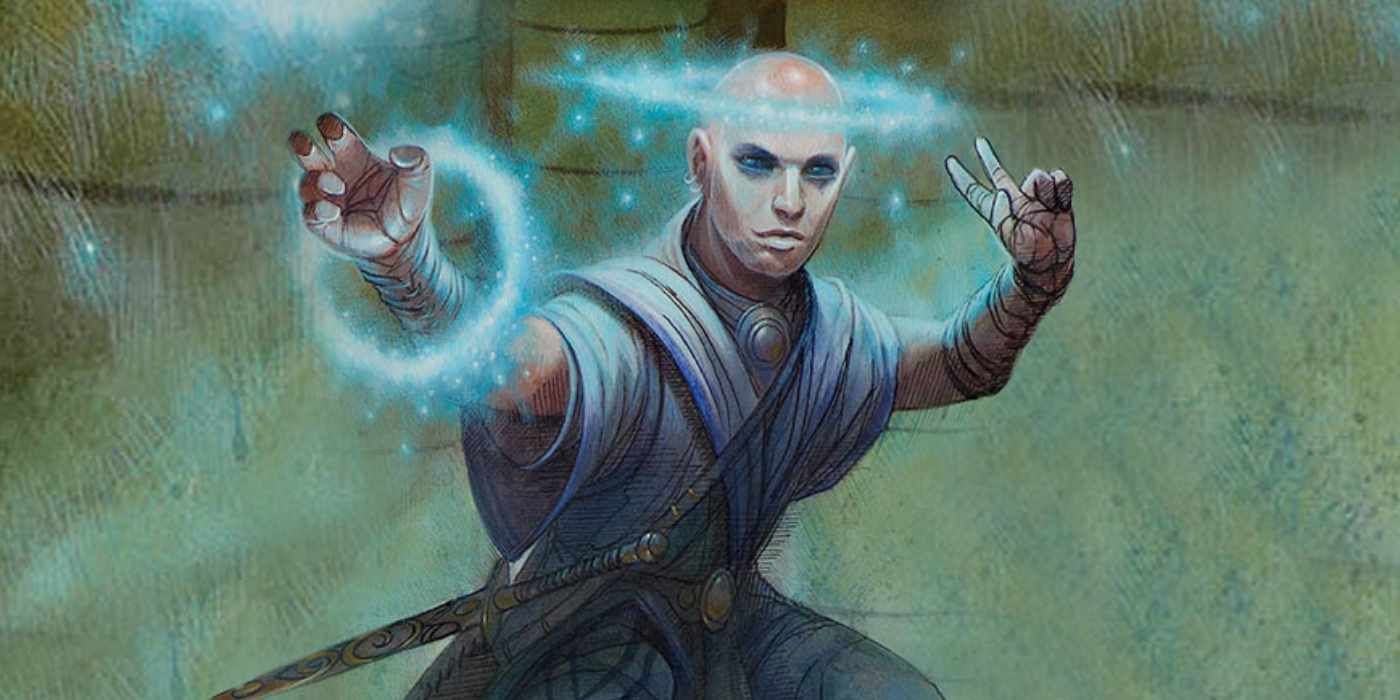When building a Dungeons & Dragons character, one of the biggest decisions is which class they will be. Each class in the game has numerous subclasses to choose from that further narrow the character's focus, giving them a slew of new abilities and options in and out of combat.
There are many D&D subclasses that don't get the love they deserve, while there are others that tend to get overhyped. Every subclass, even the most panned, can be useful in some situation or used to represent exactly the right character. It can be a lot of fun to forgo the top-tier subclass choice in favor of a lesser-used, and therefore more unique, character choice.
Updated June 15, 2022 by Declan Lowthian: As more and more D&D books are released, certain subclasses fall to the wayside even further. At the same time, old favorites continue to maintain their status, even as newer and more interesting options come along. This list has been updated to reflect the changing landscape of D&D's subclasses and to shine a light on some that still get left behind.
14 Overrated: The Circle Of The Moon Druid Now Has Competition
The Circle of the Moon has an extremely useful set of abilities, earning them a reputation as the definitive druid subclass in 5th Edition D&D. One major reason for its dominance in the cultural consciousness is that it is far more interesting than the only other option presented in the original Player's Handbook, the Circle of the Land.
The Circle of the Moon's enhanced Wild Shape is nearly unparalleled both in combat and for exploration, but focusing on it leaves out some really fun and unique other druid options that have been released since. The Circle of Spores, Circle of Wildfire, and Circle of the Shepherd all have unique and fun mechanics that make them great choices for any druids looking to spend more time in their humanoid form.
13 Underrated: Thief Rouges Keep It Simple
While simple and straightforward, the rogue's Thief subclass still has a lot to offer. While Archetypes such as the Arcane Trickster provide a rogue with new abilities it wouldn't have otherwise, the Thief subclass takes existing rogue abilities and cranks them up to eleven.
The Thief gains lots of basic utility, like disarming traps as a bonus action and climbing much faster than normal. These are not always going to be relevant, but in a campaign that features a lot of infiltration, or even one that primarily takes place in dangerous dungeons, the Thief's enhanced utility will be a great asset.
12 Overrated: War Domain Clerics Can Feel Like Watered Down Paladins
Clerics of the War Domain are some of the most resilient and combat-oriented clerics in all of D&D, often focusing more on dealing damage than on healing their allies. These clerics are often compared to the paladin class due to their blend of offense, defense, and support.
However, War Domain clerics lose out on an integral feature that often make them look lackluster when compared to paladins: Smite. While this subclass may have many other similarities to Paladin, the lack of Smite often makes War Clerics feel like little more than a watered down and less offensive paladin.
11 Underrated: Bladesinger Wizards Are The Flip Side Of The Eldritch Knight
When building a D&D character, many players are drawn to the idea being able to effectively wield weapons as well as magic. Players interested in these types of characters often are inclined to build an Eldritch Knight fighter thanks to their nice mix of the martial and the arcane. However, the wizard also has a warrior-mage subclass in the Bladesiner.
The Bladesinger leans much more on being a caster than the Eldritch Knight does, at the cost of some level of survivability. This won't be right for every spellsword character idea, but it's worth considering as an option rather than always instinctively reaching for the Eldritch Knight.
10 Overrated: The Echo Knight Fighter Is Extremely One-Note
Appearing in Explorer's Guide to Wildemount, the Echo Knight is a fighter capable of projecting a physical echo that essentially allows them to fight in two places at once. While at first glance it may appear to be insanely powerful, it is quite easy to pigeonhole a character with this option and accidentally create a one-trick-pony. While nearly every ability the subclass gains improves the capabilities of the echo, the character themselves loses out on numerous benefits available to other options.
9 Underrated: The School Of Divination Wizard Has A Subtle Power
When creating a wizard in D&D, its easy for a player to get tunnel vision, seeking to cast the most powerful spells D&D has to offer and deal as much damage as possible. The School of Divination has a more subtle strenth, allowing the character to enhance the efficacy of the entire party.
The School of Divination's initial ability lets them store up d20 rolls, which they can swap for both allies and enemies. This can be extremely useful both on the offense and the defense, and their list of spells will almost always come in handy in exploration- and investigation-themed campaigns.
8 Overrated: Draconic Sorcerers Became The Default Early On
In many ways, the Draconic Bloodline sorcerer subclass is the most archetypical sorcerer subclass in D&D. Since the Wild Magic subclass introduces an element of chaos to the sorcerer that may not be of interest in every campaign, the Draconic Bloodline became the default for many players when the 5th Edition Player's Handbook was first released.
A draconic sorcerer gets some extra hit points and increases their Armor Class, but most sorcerers don't want to be anywhere near danger anyway. Other sorcerer subclasses, like the Divine Soul or the Aberrant Mind, help the sorcerer get better at what they already want to do instead.
7 Underrated: The Circle Of Dreams Druid Has Potent Healing Potential
Druids come in all shapes and sizes in D&D, often filling a variety of roles in a party. A druid of the Circle of Dreams supplies a great deal of additional support that isn't found within the other druid subclasses. As early as level two, these druids gain access to long-ranged healing that can be used as a bonus action, all without expending any spell slots. Additionally, these druids are capable of making a safe and secure camp for their party no matter where they are, and they even automatically gain the ability to teleport at level 10.
6 Overrated: Berserker Barbarians Are Constantly In Need Of Rest
Berserkers are often viewed as one of the definitive subclasses for the barbarian class. Their Frenzy ability greatly buffs the Barbarian's Rage, but it is as much of a curse as it is a blessing. While Frenzy does increase Rage's benefits even further, it comes at the cost of a point of exhaustion.
If a character goes into a Frenzy and they can't conveniently rest immediately after combat, they will immediately be put at a huge disadvantage. The Berserker is very limited, especially when compared to some of the other barbarian subclasses.
5 Underrated: Sun Soul Monks Have A Ton Of Versatility
The Way of the Sun Soul monk subclass gets a bad wrap in D&D circles online, and some of that is deserved. At later levels, its abilities start to pale in comparison to what other character will be doing, especially spellcasters.
But at early levels, a Sun Soul Monk has an extreme amount of flexibility and utility on an already useful class. Their Radiant Sun Bolt power essentially allows them to make all their unarmed attacks at a range of 30 feet. These attacks deal radiant damage, one of the most important damage types for overcoming resistances, and count as magical damage. This gives the monk a great way to strike enemies who would otherwise shrug off their melee attacks.
4 Overrated: The College Of Swords Bard Misses Out On The Best Of Both Worlds
The College of Swords subclass for the bard is the most melee-focused subclass available for bards. These bards gain access to features normally reserved for more martial classes like Fighting Styles and Extra Attack. However, these bards can often wind up as a jack of all trades, but a master of none. They have much more limited options for Fighting Styles when compared to other classes so their melee capabilities will pale in comparison to classes like the fighter or barbarian. Since they have to balance a weapon stat like Dexterity or Strength with their spellcasting stat, Charisma, their magic won't have the same kick as a wizard or warlock either.
3 Underrated: Monster Slayer Rangers Are Great Basic Rangers
The ranger is easily the most overlooked class in D&D, thanks in large part to its lackluster beginnings. But later subclasses have included options that really bring the ranger in line with the other classes. The flashier of these often get the most attention, like the Horizon Walker, the Fey Wanderer, and the Gloomstalker. But the Monster Slayer is the perfect option for anyone wanting to build a straigh-down-the-middle monster hunting ranger.
The Monster Slayer gains several good spells, and their main traits will almost always be useful. They can automatically learn about any creature's damage immunities, resistances, and vulnerabilities, a huge bonus especially at early levels. Their Slayer's Prey feature essentially gives them an at-will use of the Hunter's Mark spell, reliably improving their damage and gaining additional effects at later levels.
2 Overrated: The Hexblade Became A Multiclass Staple
The Hexblade is a melee focused warlock pact that has one major feature that shines above the rest: allowing the user to make melee attacks with Charisma instead of Strength or Dexterity. With 5e's already heavy reliance on Charisma-based spellcasters, taking a one-level dip into Hexblade suddenly meant that any paladin, sorcerer, or bard could suddenly be making their melee attacks with their primary spellcasting stat.
The Hexblade comes with a whole laundry list of other abilities, not all of which feel flavorfully resonant. It could be a fine subclass in a vacuum, but the place it occupies in the broader D&D metagame has warped its importance. For better or for worse, power creep throughout 5th Edition D&D's lifespan has slowly reduced the Hexblade's dominance, getting it closer to where it probably deserves to be.
1 Underrated: Way Of The Long Death Monk Has Extreme Survivability
Monks of the Way of the Long Death are incredibly underrated and make an excellent addition to any party. This subclass's Touch of Death ability is quite useful right off the bat, allowing the monk to gain health when they defeat an enemy in combat.
This theme runs throughout the rest of the Way of the Long Death's abilities, granting them a durability lacking from a lot of other monks. Monks are great skirmishing warriors, and gaining a reliable means of self-healing helps cover their one major weakness.

-3.jpg)
